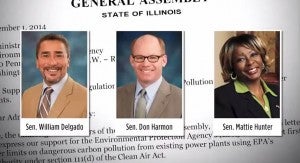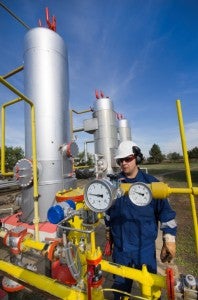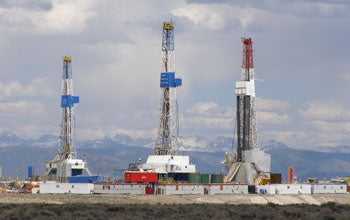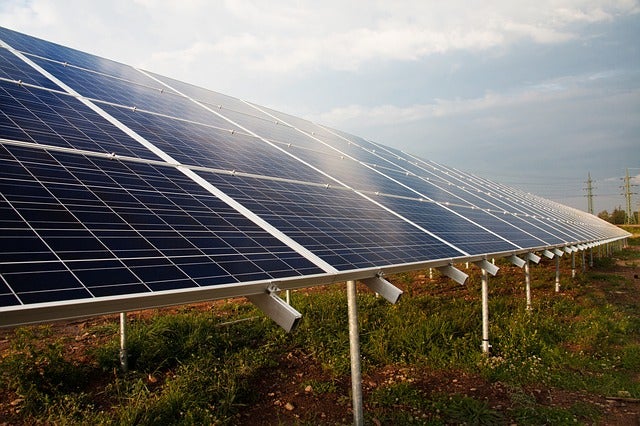 While the Environmental Protection Agency (EPA) sorts through the more than 1.6 million comments received on its proposed Clean Power Plan (CPP), one group is stepping out to pledge its support of the landmark proposal. 53 Illinois legislators recently signed a letter urging the EPA to finalize the plan, which will set limits on carbon pollution from existing power plants for the first time ever.
While the Environmental Protection Agency (EPA) sorts through the more than 1.6 million comments received on its proposed Clean Power Plan (CPP), one group is stepping out to pledge its support of the landmark proposal. 53 Illinois legislators recently signed a letter urging the EPA to finalize the plan, which will set limits on carbon pollution from existing power plants for the first time ever.
Power plants currently account for nearly 40 percent of the nation’s carbon pollution and Illinois’s proposed target would result in a 33 percent reduction in the state’s carbon output by 2030. Fortunately, due to impressive state efforts to invest in clean energy over the past few years, Illinois is well-positioned to meet the challenge.
CPP is an economic opportunity
The Illinois legislators argue the CPP will help the state “achieve even greater cuts in our emissions, health benefits for all our citizens, and will spur further growth in our state’s economy.” The CPP will further the state’s transition to a clean energy economy by attracting investment in innovation, creating more jobs, and keeping electricity prices affordable. Read More















